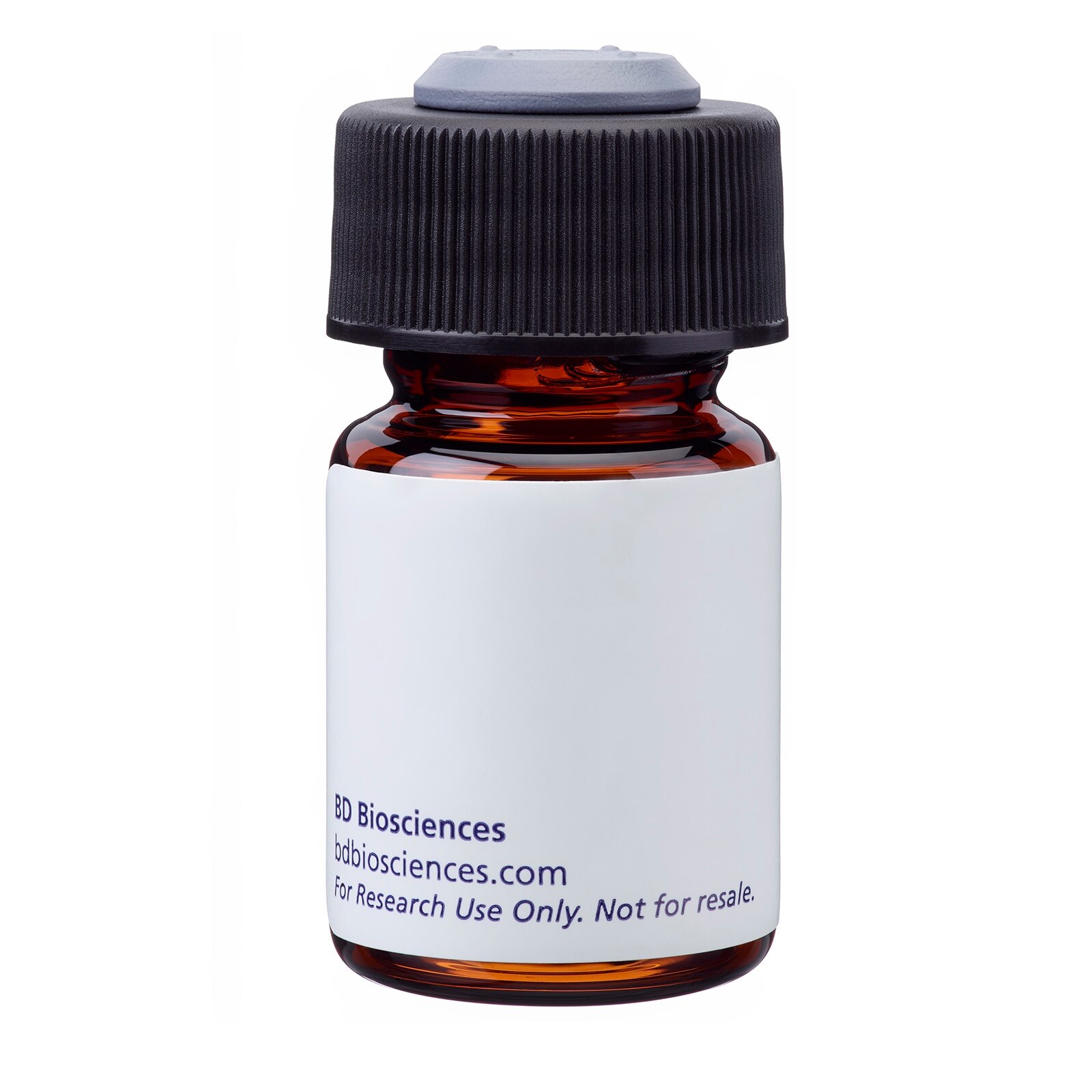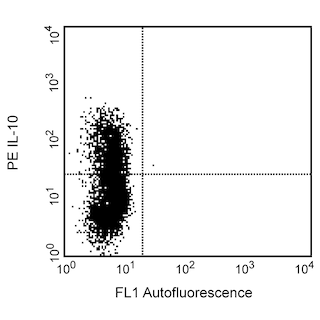-
抗体試薬
- フローサイトメトリー用試薬
-
ウェスタンブロッティング抗体試薬
- イムノアッセイ試薬
-
シングルセル試薬
- BD® AbSeq Assay
- BD Rhapsody™ Accessory Kits
- BD® OMICS-One Immune Profiler Protein Panel
- BD® Single-Cell Multiplexing Kit
- BD Rhapsody™ TCR/BCR Next Multiomic Assays
- BD Rhapsody™ Targeted mRNA Kits
- BD Rhapsody™ Whole Transcriptome Analysis (WTA) Amplification Kit
- BD® OMICS-Guard Sample Preservation Buffer
- BD Rhapsody™ ATAC-Seq Assays
- BD® OMICS-One Protein Panels
-
細胞機能評価のための試薬
-
顕微鏡・イメージング用試薬
-
細胞調製・分離試薬
-
- BD® AbSeq Assay
- BD Rhapsody™ Accessory Kits
- BD® OMICS-One Immune Profiler Protein Panel
- BD® Single-Cell Multiplexing Kit
- BD Rhapsody™ TCR/BCR Next Multiomic Assays
- BD Rhapsody™ Targeted mRNA Kits
- BD Rhapsody™ Whole Transcriptome Analysis (WTA) Amplification Kit
- BD® OMICS-Guard Sample Preservation Buffer
- BD Rhapsody™ ATAC-Seq Assays
- BD® OMICS-One Protein Panels
- Japan (Japanese)
-
Change country/language
Old Browser
Looks like you're visiting us from United States.
Would you like to stay on the current country site or be switched to your country?
BD Pharmingen™ PE Rat Anti-Human CD120b
クローン hTNFR-M1 (RUO)

Flow cytometric analysis of expression of cell surface TNFRII by lysed whole human blood. Whole human blood was blocked with normal polyclonal human IgG, stained with PE Rat Anti-Human CD120b (20 µl/1X10^6 cells, Cat No. 552418) and subsequently lysed with Lysing Buffer (Cat No. 555899). Staining with PE Rat Anti-Human CD120b (filled histogram) is compared to staining obtained using PE anti-Rat IgG2b κ, isotype control (Cat. No. 553989; open histogram). The fluorescence histograms were derived from gated events with the light scattering characteristics of viable lymphocytes (left panel), monocytes (center panel) and granulocytes (right panel). Note: Certain human cell lines or cell types (e.g., neutrophils, monocytes) can first be treated with reagents that block receptors for the Fc regions of immunoglobulin to avoid nonspecific immunofluorescent staining mediated by Fc receptors.


Flow cytometric analysis of expression of cell surface TNFRII by lysed whole human blood. Whole human blood was blocked with normal polyclonal human IgG, stained with PE Rat Anti-Human CD120b (20 µl/1X10^6 cells, Cat No. 552418) and subsequently lysed with Lysing Buffer (Cat No. 555899). Staining with PE Rat Anti-Human CD120b (filled histogram) is compared to staining obtained using PE anti-Rat IgG2b κ, isotype control (Cat. No. 553989; open histogram). The fluorescence histograms were derived from gated events with the light scattering characteristics of viable lymphocytes (left panel), monocytes (center panel) and granulocytes (right panel). Note: Certain human cell lines or cell types (e.g., neutrophils, monocytes) can first be treated with reagents that block receptors for the Fc regions of immunoglobulin to avoid nonspecific immunofluorescent staining mediated by Fc receptors.

Flow cytometric analysis of expression of cell surface TNFRII by lysed whole human blood. Whole human blood was blocked with normal polyclonal human IgG, stained with PE Rat Anti-Human CD120b (20 µl/1X10^6 cells, Cat No. 552418) and subsequently lysed with Lysing Buffer (Cat No. 555899). Staining with PE Rat Anti-Human CD120b (filled histogram) is compared to staining obtained using PE anti-Rat IgG2b κ, isotype control (Cat. No. 553989; open histogram). The fluorescence histograms were derived from gated events with the light scattering characteristics of viable lymphocytes (left panel), monocytes (center panel) and granulocytes (right panel). Note: Certain human cell lines or cell types (e.g., neutrophils, monocytes) can first be treated with reagents that block receptors for the Fc regions of immunoglobulin to avoid nonspecific immunofluorescent staining mediated by Fc receptors.


BD Pharmingen™ PE Rat Anti-Human CD120b

Regulatory Statusの凡例
Any use of products other than the permitted use without the express written authorization of Becton, Dickinson and Company is strictly prohibited.
Preparation and Storage
推奨アッセイ手順
Immunofluorescent Staining and Flow Cytometric Analysis: PE Rat Anti-Human CD120b (Cat. No. 552418) antibody can be used for the immunofluorescent staining (20 µl /1X10^6 cells) and flow cytometric analysis of human nucleated cells to measure their expressed levels of surface TNFRII. An appropriate immunoglobulin isotype control is PE Rat IgG2b, κ Isotype Control (Cat. No. 553989). Please note also that as a consequence of in vivo or in vitro activation, cell surface TNFRII can either be shed by cells or transiently expressed at higher levels. As a result, cellular activation can affect the overall expressed level of surface TNFRII.
Product Notices
- This reagent has been pre-diluted for use at the recommended Volume per Test. We typically use 1 × 10^6 cells in a 100-µl experimental sample (a test).
- An isotype control should be used at the same concentration as the antibody of interest.
- Caution: Sodium azide yields highly toxic hydrazoic acid under acidic conditions. Dilute azide compounds in running water before discarding to avoid accumulation of potentially explosive deposits in plumbing.
- Source of all serum proteins is from USDA inspected abattoirs located in the United States.
- For fluorochrome spectra and suitable instrument settings, please refer to our Multicolor Flow Cytometry web page at www.bdbiosciences.com/colors.
- Please refer to www.bdbiosciences.com/us/s/resources for technical protocols.
関連製品



The hTNFR-M1 antibody specifically recognizes the extracellular domain of the 75 kDa transmembrane receptor for the human cytokines, tumor necrosis factor (TNF or TNF-α) and lymphotoxin-alpha (LT-α3, aka, lymphotoxin or TNF-β). This receptor is referred to as the p75 or Type II Tumor Necrosis Factor Receptor (TNFRII) [aka, CD120b]. Human TNFRII proteins are expressed by hematopoietic cells including macrophages, neutrophils, lymphocytes, thymocytes and mast cells. TNFRII is expressed by a variety of other cell types including endothelial cells, cardiac myocytes and prostate cells. Naive B cells express very low or undetectable levels of TNFRII whereas mature erythrocytes and platelets are uniformly negative for TNFRII expression. The immunogen used to generate the hTNFR-M1 hybridoma was COS- expressed recombinant human TNFRII.

Development References (10)
-
Aggarwal S, Gollapudi S, Gupta S. Increased TNF-alpha-induced apoptosis in lymphocytes from aged humans: changes in TNF-alpha receptor expression and activation of caspases. J Immunol. 1999; 162(4):2154-2161. (Biology). View Reference
-
Brockhaus M, Schoenfeld HJ, Schlaeger EJ, Hunziker W, Lesslauer W, Loetscher H. Identification of two types of tumor necrosis factor receptors on human cell lines by monoclonal antibodies. Proc Natl Acad Sci U S A. 1990; 87(8):3127-3131. (Biology). View Reference
-
Browning JL, Dougas I, Ngam-ek A, et al. Characterization of surface lymphotoxin forms. Use of specific monoclonal antibodies and soluble receptors.. J Immunol. 1995; 154(1):33-46. (Clone-specific: Flow cytometry). View Reference
-
Erikstein BK, Smeland EB, Blomhoff HK, et al. Independent regulation of 55-kDa and 75-kDa tumor necrosis factor receptors during activation of human peripheral blood B lymphocytes. Eur J Immunol. 1991; 21(4):1033-1037. (Biology). View Reference
-
Gehr G, Gentz R, Brockhaus M, Loetscher H, Lesslauer W. Both tumor necrosis factor receptor types mediate proliferative signals in human mononuclear cell activation. J Immunol. 1992; 149(3):911-917. (Biology). View Reference
-
Heilig B, Mapara M, Brockhaus M, Krauth K, Dörken B. Two types of TNF receptors are expressed on human normal and malignant B lymphocytes. Clin Immunol Immunopathol. 1991; 61(2):260-267. (Clone-specific: Flow cytometry). View Reference
-
Hohmann HP, Remy R, Brockhaus M, van Loon AP. Two different cell types have different major receptors for human tumor necrosis factor (TNF alpha). J Biol Chem. 1989; 264(25):14927-14934. (Biology). View Reference
-
Munker R, DiPersio J, Koeffler HP. Tumor necrosis factor: receptors on hematopoietic cells. Blood. 1987; 70(6):1730-1734. (Clone-specific: Flow cytometry). View Reference
-
Wallach D, Engelmann H, Nophar Y, et al. Soluble and cell surface receptors for tumor necrosis factor. Agents Actions Suppl. 1991; 35:51-57. (Biology). View Reference
-
Ware CF, Crowe PD, Vanarsdale TL, et al. Tumor necrosis factor (TNF) receptor expression in T lymphocytes. Differential regulation of the type I TNF receptor during activation of resting and effector T cells.. J Immunol. 1991; 147(12):4229-38. (Biology). View Reference
Please refer to Support Documents for Quality Certificates
Global - Refer to manufacturer's instructions for use and related User Manuals and Technical data sheets before using this products as described
Comparisons, where applicable, are made against older BD Technology, manual methods or are general performance claims. Comparisons are not made against non-BD technologies, unless otherwise noted.
For Research Use Only. Not for use in diagnostic or therapeutic procedures.